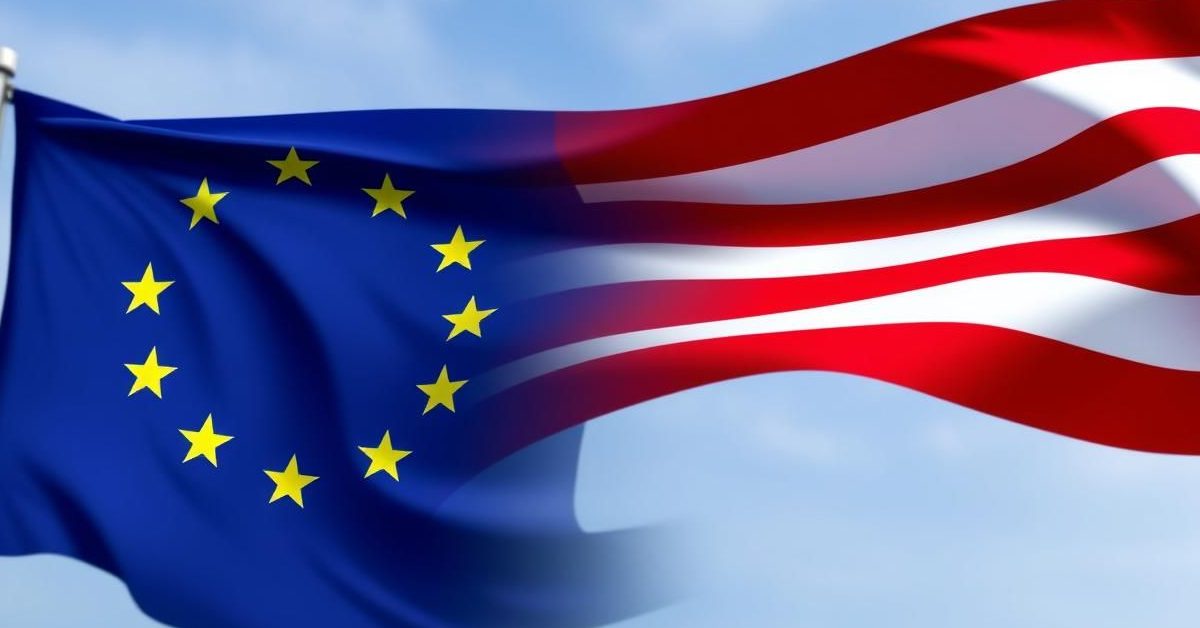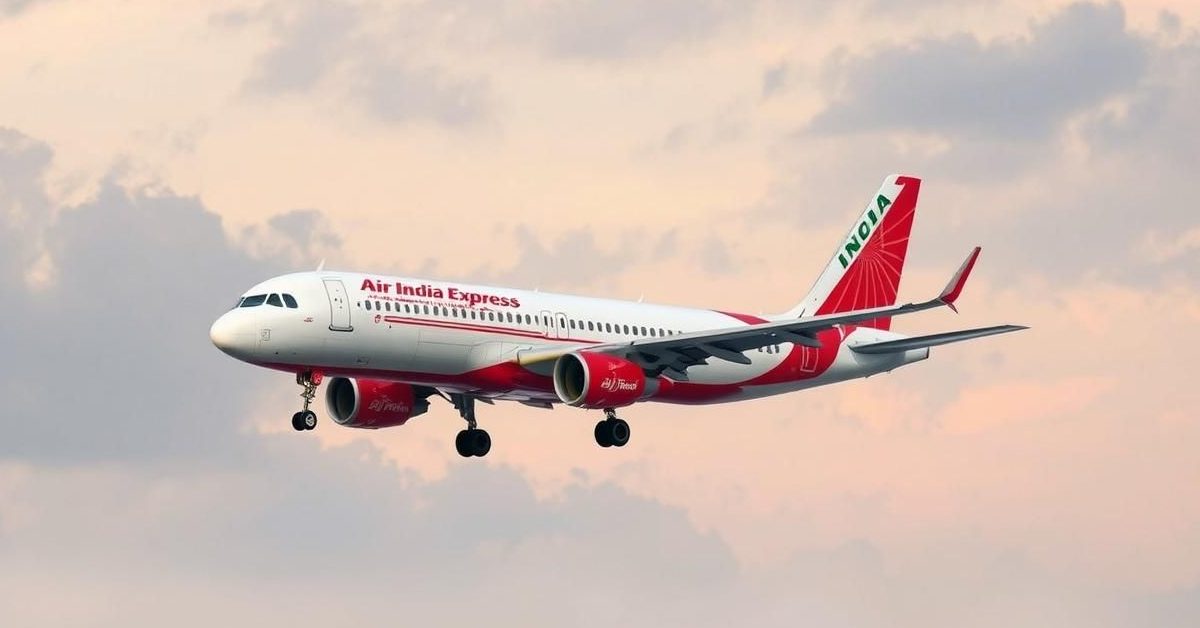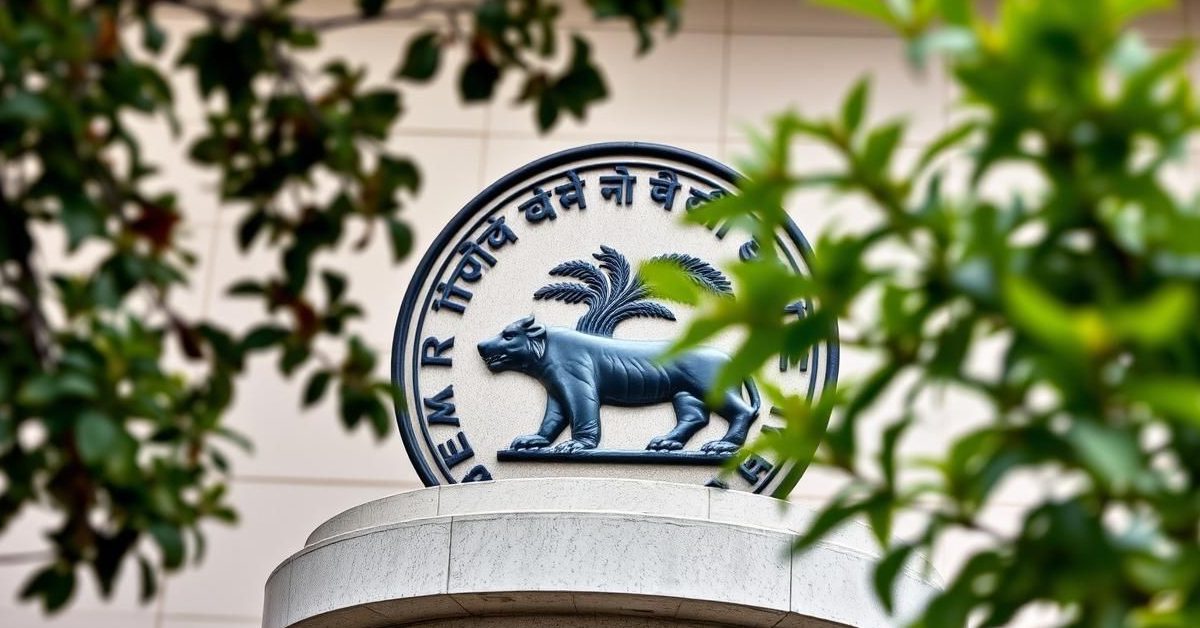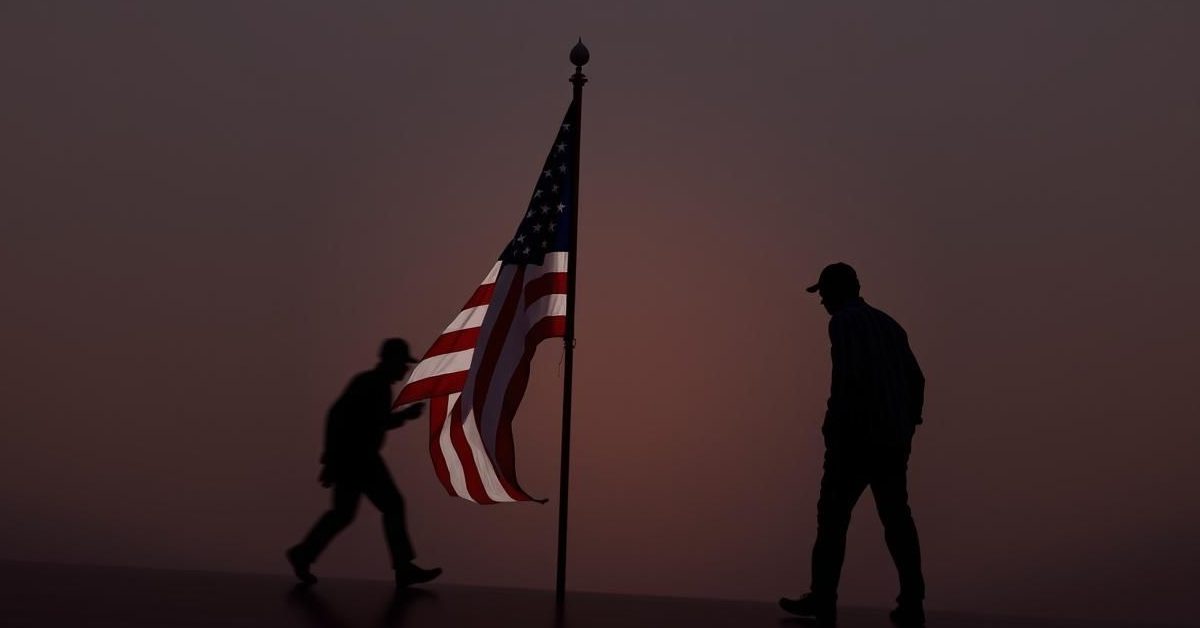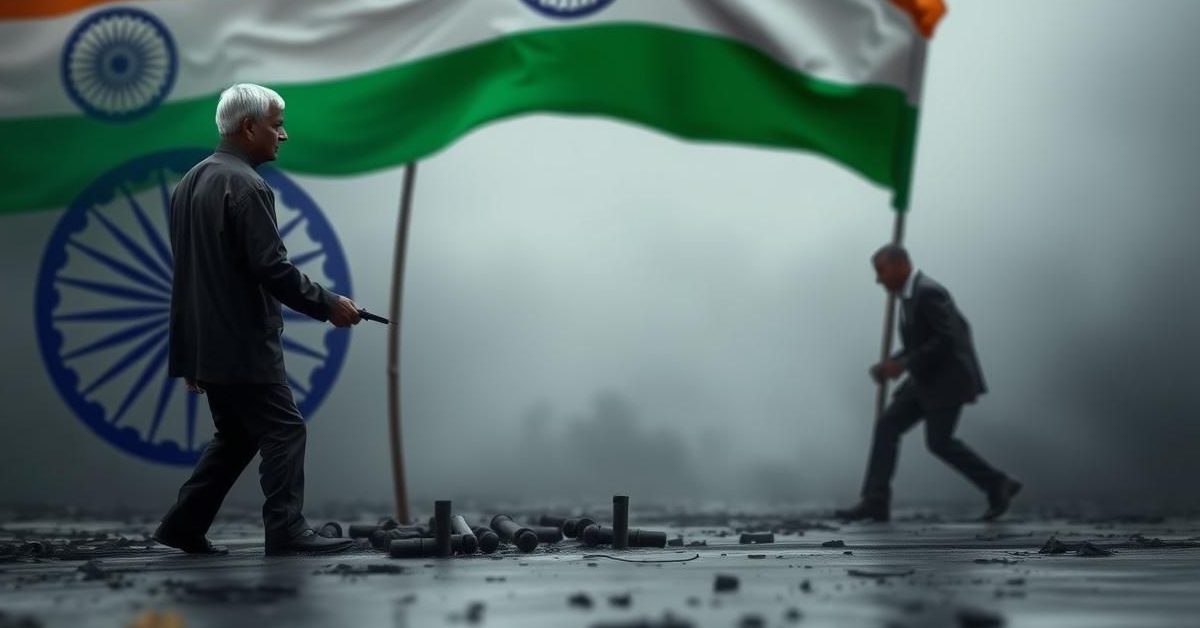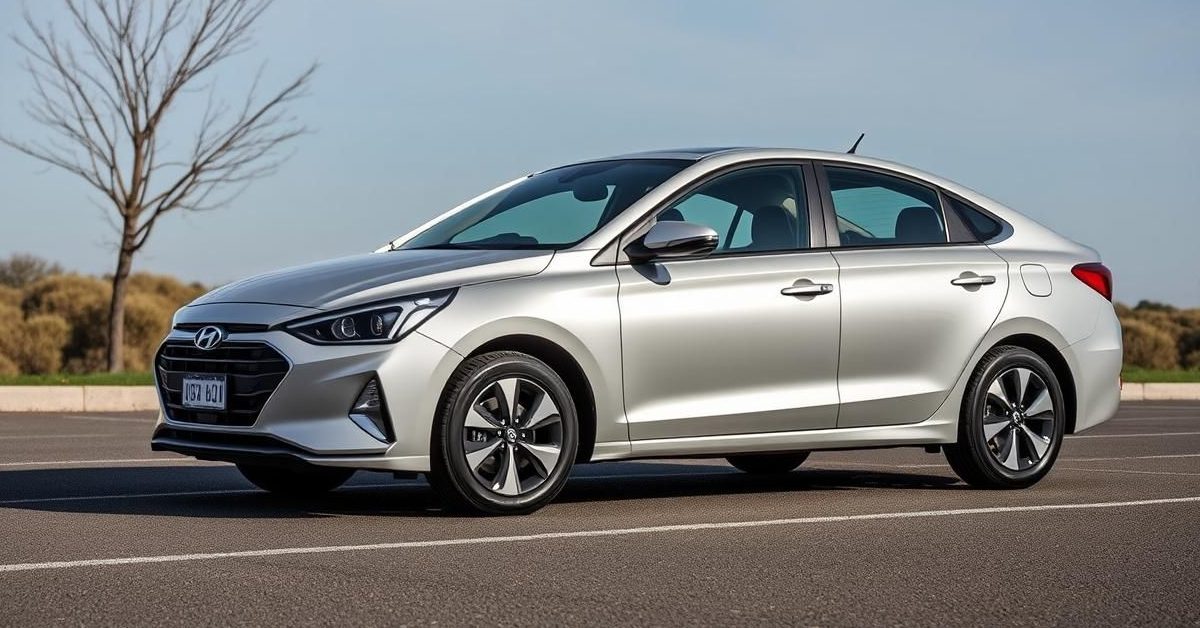The US-India trade relationship is facing increased tension as President Donald Trump threatens tariffs of up to 25% on Indian imports, just before an August 1 deadline for trade agreements.
Trump’s Tariff Ultimatum to India
With a critical August 1 deadline looming, US President Donald Trump has issued a stern warning to India. He stated that if a bilateral trade agreement isn’t finalized by then, Indian goods could face tariffs as high as 25%.
“They are going to pay 25 per cent,” Trump declared on Tuesday, reiterating his stance during a press interaction. While US Trade Representative Jamieson Greer had previously indicated more discussions were needed, Trump’s comments underscore the urgency from the American side.
The Elusive India Trade Deal
Despite the looming deadline, an interim trade deal between India and the US appears unlikely to be clinched before September, with October as a possible outer target. Talks between negotiators from both nations have been progressing, but a breakthrough remains distant.
Reports suggest a sixth round of discussions is expected in August to advance negotiations. This indicates that the current deadline might pass without a resolution.
India’s Preparedness and Strategy
For New Delhi, a 25% tariff is certainly not good news, but it’s a scenario that has been largely anticipated within policy circles. This rate effectively means a return to the previously considered “reciprocal” tariff level of 26%.
India’s primary objective is to push for an interim deal that secures a more favorable, discounted headline tariff, similar to agreements recently struck by other US trading partners. This strategy aims to ensure Indian goods remain competitive in the American market.
Navigating Complexities and Additional Levies
The situation is further complicated by several factors. There’s concern over whether a threatened 10% BRICS tariff for countries buying Russian oil would be added on top of the 25% to 26% rate, significantly altering the cost equation for Indian exports.
Additionally, a “trans-shipment clause,” similar to one imposed on Vietnam, could pose a problem for India. This clause levies extra tariffs if goods contain inputs from other countries, impacting sectors like pharma and electronics that rely on global supply chains.
Potential Indian Concessions
While New Delhi is resistant to offering blanket zero-duty access, it is open to concessions on high-value purchases important to the US. This could include significant purchases of American defense equipment, natural gas imports, and nuclear reactors.
For specific sectors such as auto or consumer non-durables, India might implement a quota system. This would gradually open up market access over several years, a model seen in its recent deal with the UK.
Impact on Indian Exporters
The ongoing uncertainty is creating significant challenges for Indian exporters. US buyers are hesitant to place orders due to the unclear final tariff rates, leading to a hold on new business.
Furthermore, increased US tariffs on China have led many Chinese manufacturers to redirect shipments to Europe at reduced prices. This has a ripple effect, impacting India’s exports to the European Union as well. Orders for the upcoming Fall-Winter season (October to March) are now under a cloud of doubt.
The Road Ahead
With official-level discussions expected to conclude by mid-August, there’s a growing belief that the ultimate decision on a trade deal might come down to a direct conversation between Prime Minister Narendra Modi and President Trump. Given Trump’s direct involvement in trade negotiations, such a leader-level dialogue could be crucial.
Experts suggest India’s best-case scenario involves securing some form of a deal now, which can then be built upon in future, more comprehensive negotiations potentially stretching into 2026.
- President Trump is threatening up to 25% tariffs on Indian imports if a trade deal isn’t finalized by August 1.
- An interim US-India trade deal is unlikely before September or October.
- India is prepared for higher tariffs but aims to negotiate a discounted rate.
- Additional tariffs, like a potential BRICS levy and trans-shipment clauses, could complicate the situation further.
- Indian exporters are facing uncertainty, impacting new orders and market access.
The coming weeks will be critical in determining the future trajectory of trade relations between the two countries, with a potential summit between leaders on the horizon.


